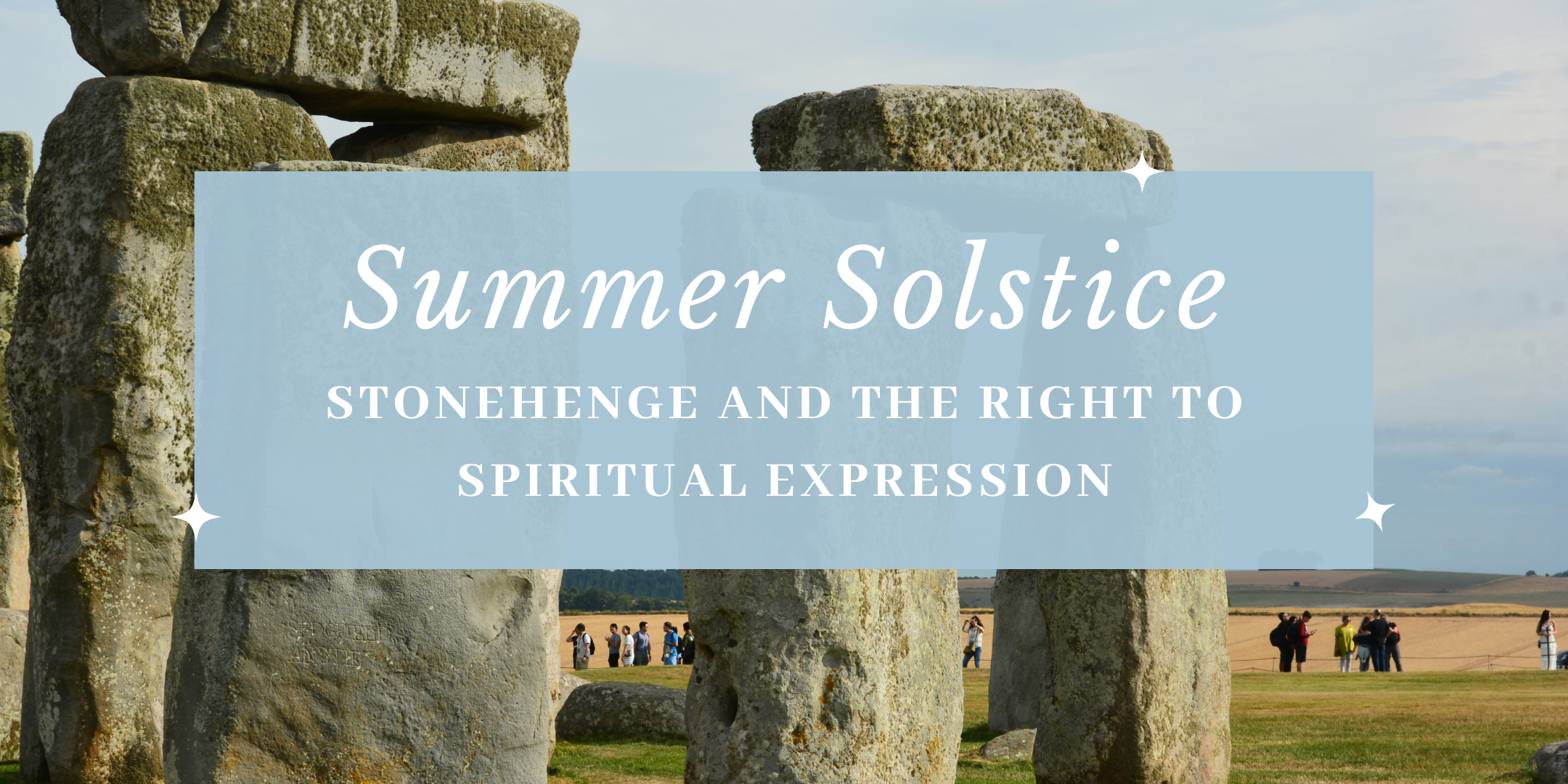
Taylor Swift took back her music so you could own it, too – By Viktoria Capek
I’m sitting in a cafe on a Friday afternoon, and a notification from my Discord app goes off. I’ve had a Swiftie group chat ever
Spring in Japan is sometimes called the season of farewells and new beginnings because as the trees bloom in April, the new school year begins for Japanese children. This season is filled with flowers and is synonymous with one of Japan’s favourite pastimes, hanami or flower-viewing. The most famous flowers of the season are sakura or cherry blossoms, the iconic symbol of Japan. The whole country celebrates the arrival of these flowers with daytime picnics and sake-fuelled parties, which continue late into the night.
At its heart, hanami is a celebration of spring. People gather with friends and loved ones to revel in the joy of the long-awaited blossoms. There is an air of anticipation and hope throughout this season. The unfurling spring buds bring with them feelings of hopefulness and a sense of potential for the year ahead. Flowering trees are the artists of spring in Japan. It begins in a pink haze and ends in a flush of neon green as fresh new leaves replace the falling petals that carpet the ground in a brocade of pastels, turning the rivers pink.
Hana means “flower”, and hanami means “flower viewing”, specifically the ritual of enjoying the ephemeral beauty of the cherry blossoms. Long before hanami was synonymous with sakura, the practice of flower-viewing referred to admiring the earliest blooming trees of the year, the ume or flowering plum. This tradition began in China and made its way to Japan during the Nara period (710–95). China has venerated the plum blossom (meihua or mei in Chinese) for centuries. The pastime of reciting poetry and enjoying rice wine under the blossoms originated there. However, it was during the Heian period, when the Japanese capital city moved from Nara to Kyoto (794–1185), that the native cherry blossoms took centre stage. From that point on, hanami referred expressly to admiring the cherry blossoms.
Japan’s love affair with cherry blossoms is ancient. For centuries, hanami has been Japan’s favourite spring pastime. Each month brings with it numerous annual traditions and rites to observe, but spring is the most cherished of all seasons. Hanami is one of the Japanese calendar’s most highly anticipated seasonal events because it offers an unappareled aesthetic experience. Walking through the streets of Kyoto as petals swirl around you, caught on a breeze, is like walking through a dream.
Although the term hanami now refers to sakura in Japan, globally, there are so many beautiful plants and blossoming trees to enjoy in the spring that you can connect with this thousand-year-old tradition at home by appreciating the beauty of the flowering trees in your own neighbourhood. In England, I love to see the vibrant pinks of blossoming apple trees, the trails of yellow laburnum and the delicate white mist of hawthorn trees. Australia is blessed with royal purple jacarandas, and the almost fluorescent crape myrtle graces the southern United States. Inspired by his collection of Japanese woodblock prints, the artist Vincent van Gogh loved to paint flowering trees, especially the almond blossoms native to his home in the South of France, where they herald the Mediterranean spring.
This blog was written by Japanologist Natalie Leon. You can learn more about the Japanese seasons and how you can incorporate them into your own practice no matter where in the world you live in her new book The Japanese Art of Living Seasonally, releasing April 14th 2024.

I’m sitting in a cafe on a Friday afternoon, and a notification from my Discord app goes off. I’ve had a Swiftie group chat ever

Soon, the sun will reach its peak on the longest day of the year. Celebrated famously by new age spiritualists at Stonehenge, but also by

Beltane, the 1st of May (31st October/1st November in the Southern hemisphere) is a cross-quarter day: The midpoint, where we sit equally between the spring

Irritable Bowel Syndrome (IBS) is one of the most common gastrointestinal disorders, affecting approximately 10–20% of people worldwide, with a higher prevalence in women —
"*" indicates required fields
Watkins Media Limited
Shepperton House unit 11
89 Shepperton Road
London, England
N1 3DF
Watkins Media Limited
Shepperton House unit 11
89 Shepperton Road
London, England
N1 3DF

Get a FREE eBook when you subscribe to our newsletter, and be the first to know about our new releases, exciting events and all the latest news!
"*" indicates required fields